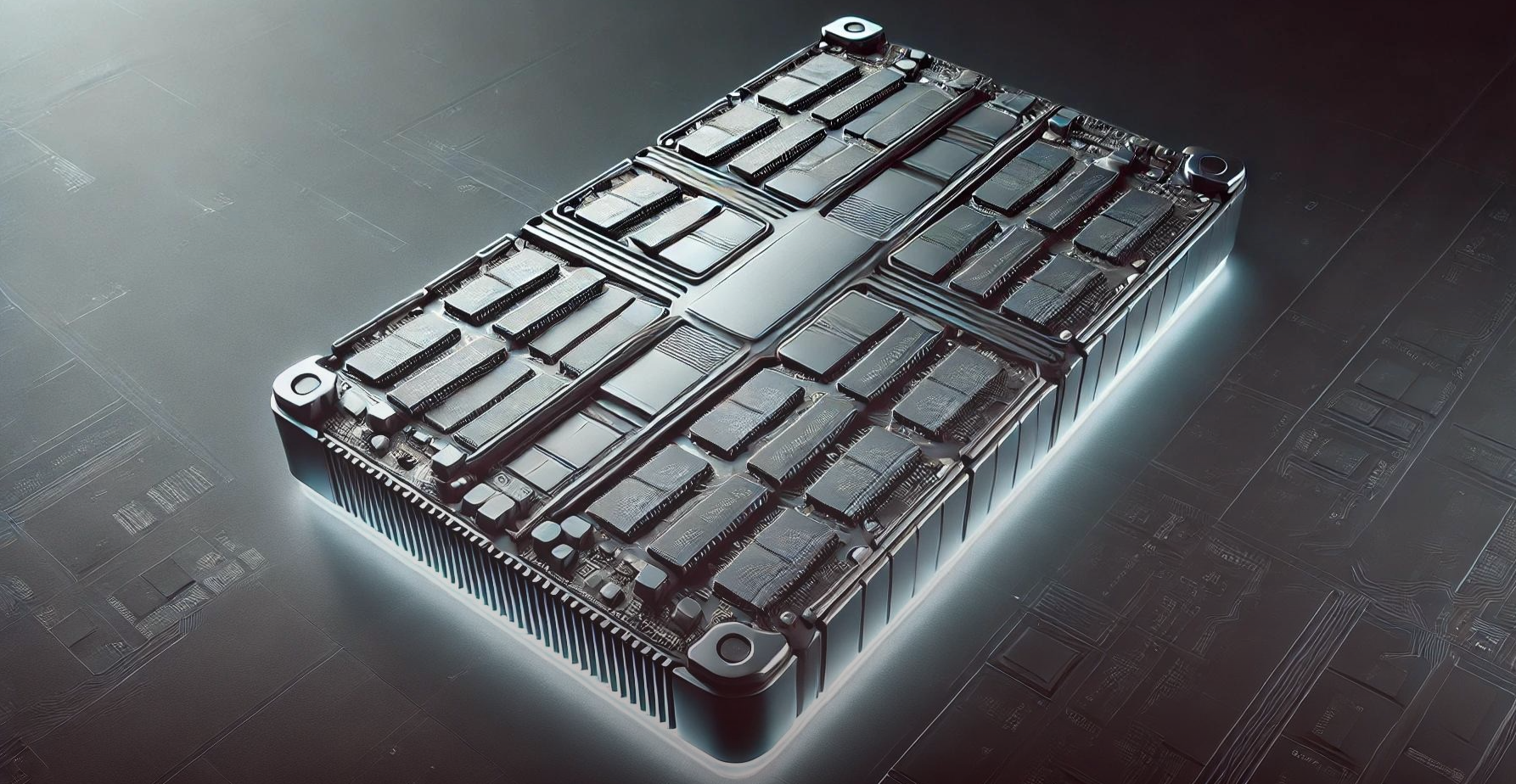JEDEC Nears Finalization of HBM4 Standard and Set to Double Memory Channels
Published: 8.15.2024
JEDEC Solid State Technology Association, a leading global standards body for the microelectronics industry, is close to finalizing its latest High Bandwidth Memory (HBM) standard, HBM4. This new standard represents a significant leap forward in-memory technology, doubling the number of channels per stack compared to HBM3 and offering unprecedented data throughput, albeit with a slightly larger physical footprint.

Key Developments in HBM4:
- Double the Channels: HBM4 will introduce 32 channels per stack, up from the 16 channels in HBM3, resulting in a significant increase in data transfer rates. This upgrade is crucial for high-performance computing applications, including AI, graphics processing, and data-intensive tasks.
- Increased Capacity: The HBM4 standard will support memory layers with capacities of 24 Gb and 32 Gb, with stack configurations extending up to 16-high TSV (Through-Silicon Via). This allows for the creation of memory modules with capacities reaching up to 64GB, addressing the growing demands of modern computing environments.
- Larger Footprint: The increased channel count comes with a trade-off: a larger physical footprint. This requires updated interposer designs, though JEDEC has ensured compatibility with existing HBM3 infrastructure, facilitating a smoother transition for manufacturers.
The finalization of the HBM4 standard is expected to have a significant impact on the semiconductor industry, particularly in sectors reliant on high-performance memory. AI and high-performance computing markets stand to gain the most, with the enhanced bandwidth and memory capacity allowing for faster processing of complex algorithms and larger datasets.
JEDEC’s move to finalize the HBM4 standard underscores the industry’s push towards higher performance and efficiency in-memory technology. As the standard nears completion, industry players are advised to prepare for the integration of HBM4, which is set to become a cornerstone of next-generation computing technologies.
With the HBM4 standard, JEDEC continues to set the pace for innovation in memory technology, paving the way for advancements that will shape the future of computing. As the industry anticipates the official release, the focus will be on how quickly manufacturers and developers can adapt to and capitalize on the new capabilities offered by HBM4


.png)

